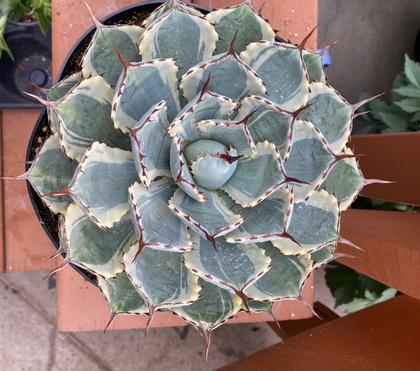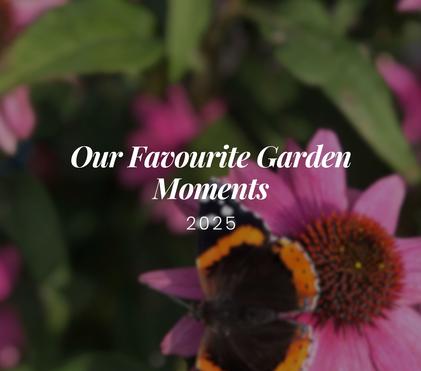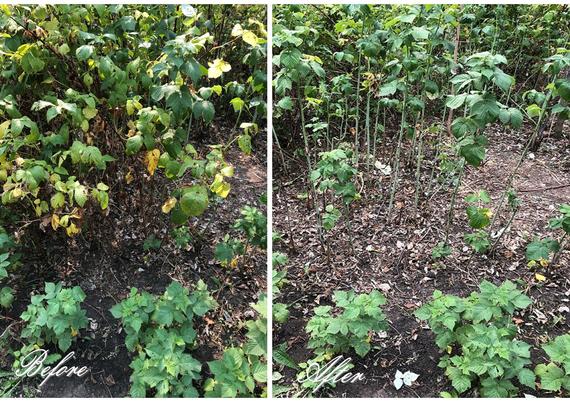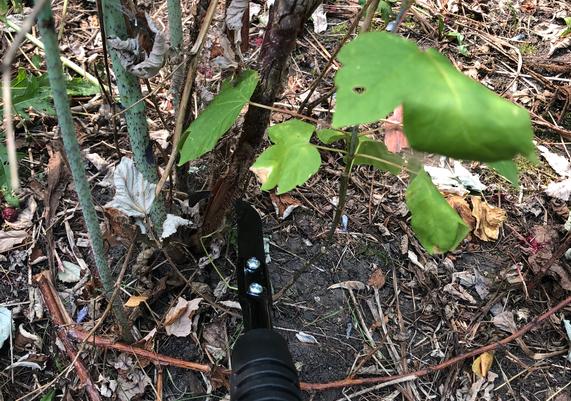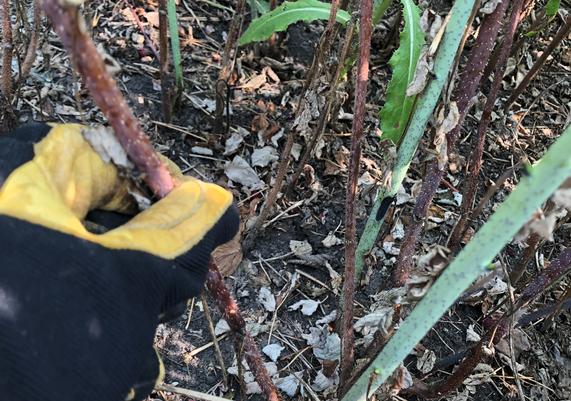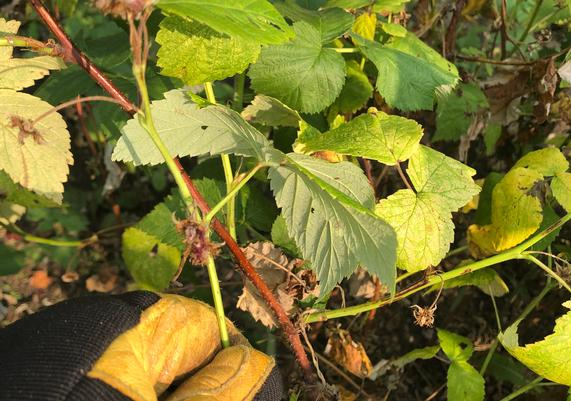The Ultimate Guide To Pruning Raspberries [Alberta]
As the growing season winds down, that prickly patch of raspberries is screaming for attention. To be able to prune raspberries correctly, understanding their life cycle makes the task so much more bearable. Here are a few tips on raspberry pruning.
![The Ultimate Guide To Pruning Raspberries [Alberta] The Ultimate Guide To Pruning Raspberries [Alberta]](_ccLib/image/blog/DETA-46.jpg)
Fruit Bearing
Raspberry Life Cycle
Raspberry canes are biennials and their roots are perennial. They produce 2 types of canes:
- Primocanes – a new raspberry cane, bright green in color, usually don’t produce, or if they do, it is in late summer or early fall.
- Floricanes – this cane is brown in color, has wintered over, and will produce flowers and fruit.
There is no real ‘everbearing’ raspberry. Raspberries are called ‘everbearing’ when they produce berries from summer and continue into fall. This is accomplished by the floricanes bearing in the summer and the primocanes bearing in the late summer and early fall.
There is likely no significant fruiting the first year of a new raspberry patch; fruit production will increase in year 2, and the patch should be in full production by year 3.
Pruning
Raspberries are tough & will produce even if neglected but pruning increases your success. It is best to prune annually for the best production.
Pruning can happen in spring or in the fall. Leaving old canes can provide winter protection by way of holding snow.
Both options are listed below.
Spring Pruning
In early spring before new canes have sprouted
- Remove small or weak canes
- Remove browned tips
- Shorten the now floricanes to 1.5m (4 feet) for easier picking
- Make room for the new canes (primocanes) – allow each cane 6 inches by 6 inches on the soil level so they can grow to full height (will likely not produce fruit)
Fall Pruning
- After harvest remove floricanes (the ones that have produced berries) right to the ground
- Keep this year’s primocanes – they look green
- Allow each cane 6 inches by 6 inches on the soil level
- When the patch is big, some years you may have to cut back 1st year canes to thin out the patch & allow air circulation & decrease its chances of getting mold
